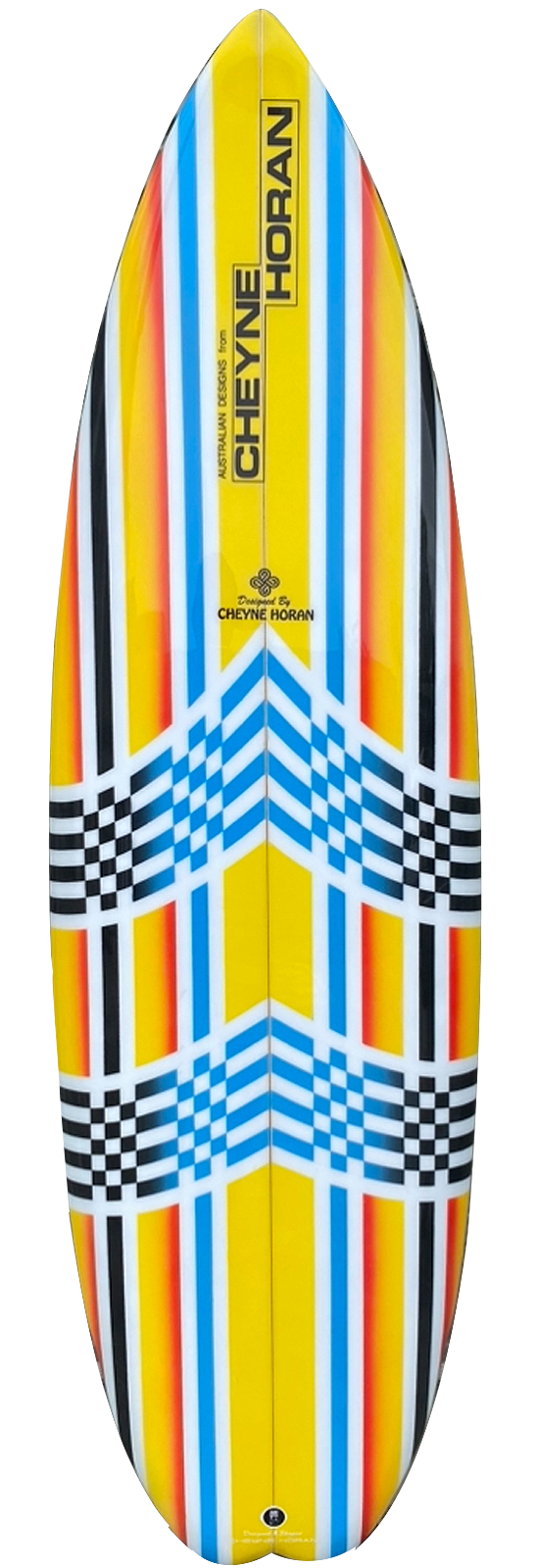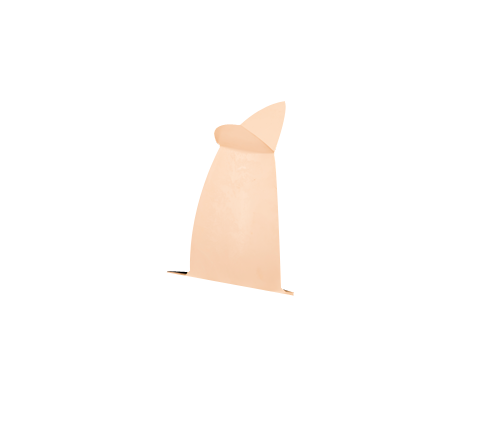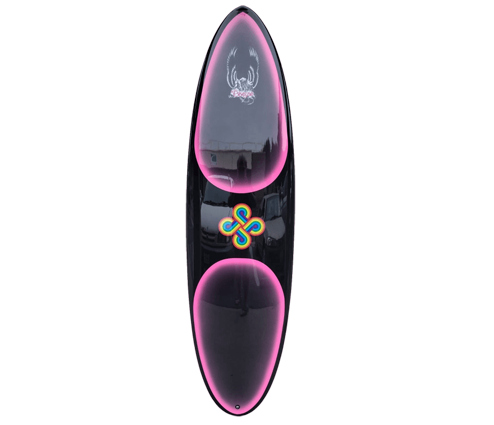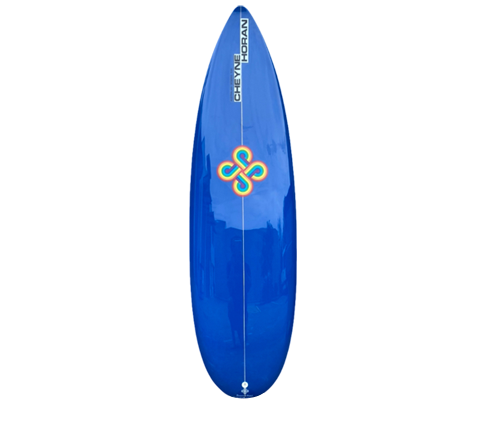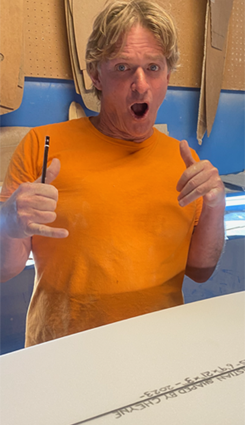The Story of the Lazor Zap
Cheyne Horan Surfboard design has always been about evolution — pushing boundaries, experimenting with shapes, and finding the perfect balance between speed, control, and flow. In the late 1970s, Geoff McCoy and I worked on a design that would flip convention on its head. That board became the Lazor Zap, a design that changed surfing forever.
At the time, most surfboards had wide noses and narrower tails. The thinking was simple: the wider nose helped with paddling and stability, while the tail gave control. Making you step forward on the board to keep it going. But I wanted something different — a board that would allow me to push surfing beyond surfing from the tail without having to move forward all the time creating faster surfing with tighter arcs and radical maneuvers in most critical part of the wave.
So we reversed the formula. The Lazor Zap had a wide tail and an ultra-narrow, needle-like nose. It looked radical, even strange, when you first saw it. But the performance? Revolutionary. The wider tail gave incredible lift, speed, and the ability to surf explosively with quickness while the narrow nose cut through the wave with precision and helped tighten the arc of each turn.
I tested the Lazor Zap in waves around the world, and suddenly, surfing felt completely new. The design allowed much more freedom to explore maneuvers no one had imagined before — full rail carves into snap backs in the tube with release to fly into the next move this redefined what was possible on a wave.
Over time, that design philosophy became the foundation of modern surfboards. Today, if you look closely at almost every shortboard being ridden, you’ll see the DNA of the Lazor Zap: wider tails, narrower noses, balance refined for performance.
The Lazor Zap wasn’t just a surfboard — it was a turning point. A lifetime’s work of refinement and experimentation distilled into one design that set surfing on a new course.

